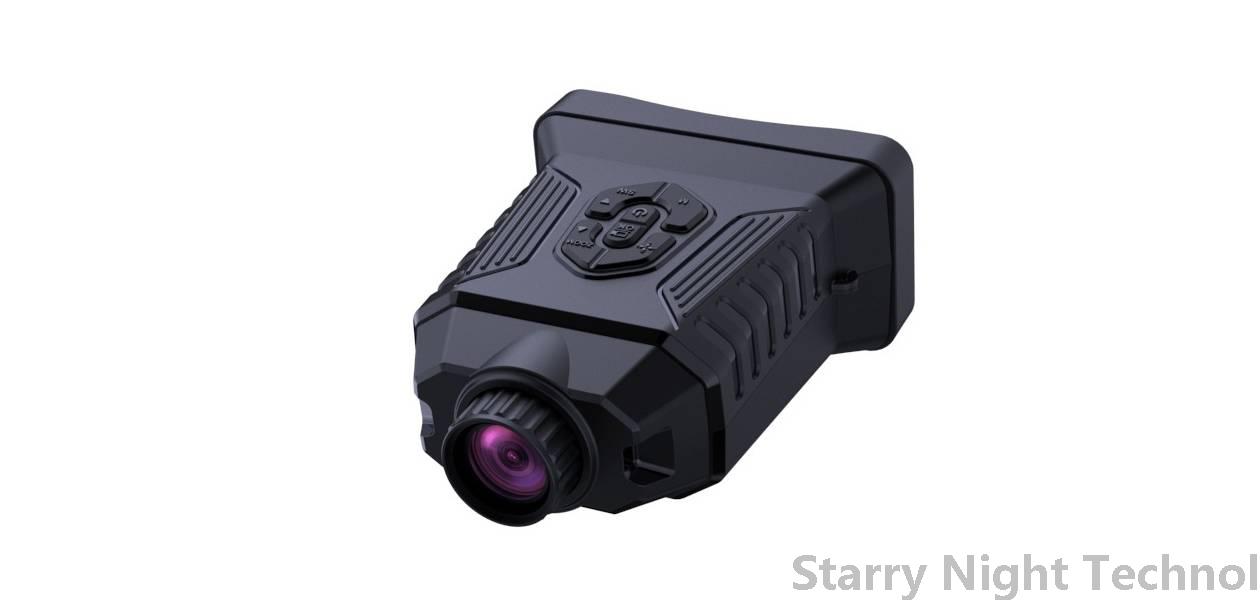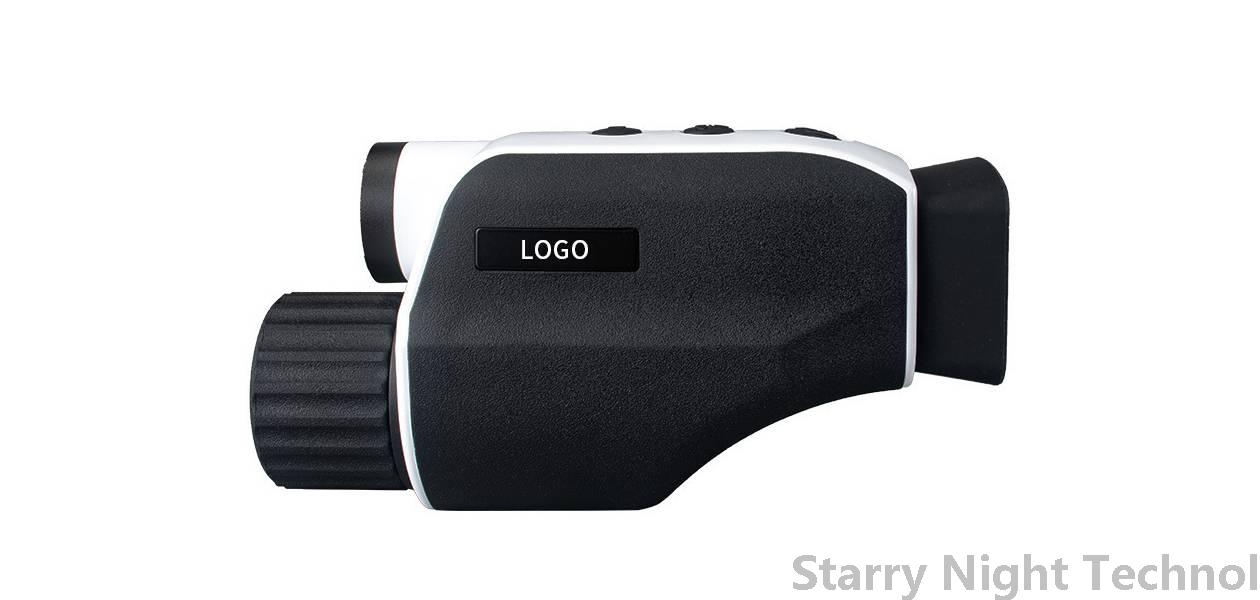Night Vision Devices: Changing the Way Military and Medical Tasks are Accomplished
1729494016000

For centuries, the night has been regarded as a time of vulnerability. When the sun sets, visibility diminishes, and the risks associated with low light conditions escalate dramatically. Throughout history, military and medical personnel have found themselves at a disadvantage, unable to perform their duties efficiently in darkness. Enter night vision devices (NVDs)—a technological advancement that revolutionizes operations after dusk, ultimately enhancing both military missions and medical responses in critical situations.
#### Understanding Night Vision Devices
Night vision technology has evolved significantly since its inception during World War II. Initially reliant on image intensification, modern NVDs incorporate a mix of advanced optical designs, thermal imaging capacities, and digital enhancements. The primary types of night vision devices include:
1. **Gen I Night Vision Devices**: The original generation, which used basic image enhancement technologies. This gen offers minimal performance and image resolution but laid the foundation for future developments.
2. **Gen II Night Vision Devices**: Enhanced with a microchannel plate, these devices provide improved brightness and clarity.
3. **Gen III Night Vision Devices**: This generation features even stronger performance with the introduction of gallium arsenide photocathodes, creating exceptional image quality with a better signal-to-noise ratio.
4. **Thermal Imaging Devices**: These devices detect and visualize heat emitted by objects, including human bodies, enabling the detection of warm bodies in complete darkness or through obstructions like smoke or fog.
5. **Digital Night Vision**: Combining traditional techniques with digital technology, these devices allow for recorded footage, connectivity, and advanced visualization features.
#### Military Applications
The military has been at the forefront of night vision technology, employing these sophisticated devices to drastically alter the battlefield landscape. Night vision devices enable forces to maintain situational awareness during nighttime operations, ensuring superior tactical advantages. Key areas of application include:
1. **Enhanced Surveillance**: Military personnel can scout enemy positions without being detected, allowing intelligence gathering and reconnaissance operations that were previously impossible during nighttime.
2. **Covert Operations**: Special forces often undertake missions under the cover of darkness, and NVDs allow them to navigate complex environments without the need for artificial lighting, thus reducing the risk of detection.
 4. **Search and Rescue Missions**: NVDs play a critical role in locating personnel during nighttime rescue operations, allowing forces to conduct successful retrieval missions under challenging conditions.
4. **Search and Rescue Missions**: NVDs play a critical role in locating personnel during nighttime rescue operations, allowing forces to conduct successful retrieval missions under challenging conditions.These advancements not only optimize efforts in combat situations but also enhance soldier safety, protecting lives on domestic and international fronts.
#### Medical Applications
While military applications are often at the forefront of night vision technology discussions, the health sector benefits significantly as well. Medical personnel in emergencies, particularly in combat scenarios or disaster settings, face similar visibility challenges. Night vision devices are transforming medical response capabilities in various ways:
1. **Triage and Treating Injuries**: Emergency responders can accurately assess and treat injuries at night, reducing the time required to stabilize patients and convey them to medical facilities. NVDs ensure that medical personnel can see injuries clearly without adding distracting lights, which may draw attention to their activity.
2. **Search and Rescue Operations**: In the aftermath of disasters, search and rescue teams often work in areas lacking substantial lighting. Equipped with night vision technology, they can search for survivors more efficiently, identifying body heat signatures even from long distances.
3. **Field Operations**: Both military medics and civilian responders can operate effectively in low-light situations. NVDs allow for conducting procedures under limited visibility, increasing the chances of successful outcomes.
4. **Training Simulations**: Medical personnel can also utilize night vision technologies for training, immersing them in realistic nighttime scenarios that better prepare them for actual emergencies.
#### Conclusion
As we continue to embrace innovation, the role of night vision devices in both military and medical fields cannot be overstated. They revolutionize operations, making it possible to undertake tasks that were once viewed as impossible in darkness.
From the battlefield to emergency medical services, effective use of NVDs enhances situational awareness, improves safety, and elevates operational effectiveness. As research and development continue to push the boundaries of this technology, potential applications beyond military missions and medical emergencies emerge, promising to expand the reach and efficacy of night vision.
In essence, night vision devices are not merely tools; they are game-changers that afford users an equitable chance against the darkness, redefining capabilities in various realms and paving the way for safer and more effective operations in the ever-evolving landscapes of both warfare and patient care.
What are some useful night vision devicesStarry Night Technol

